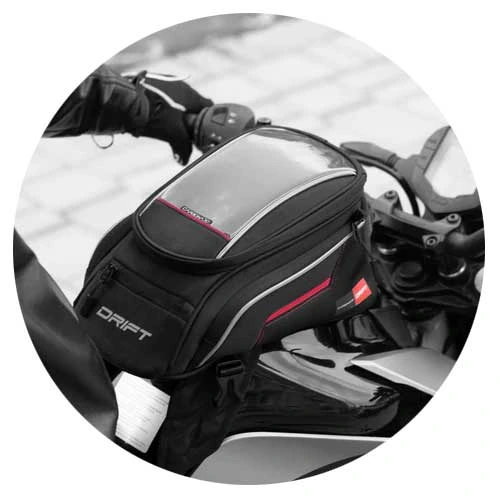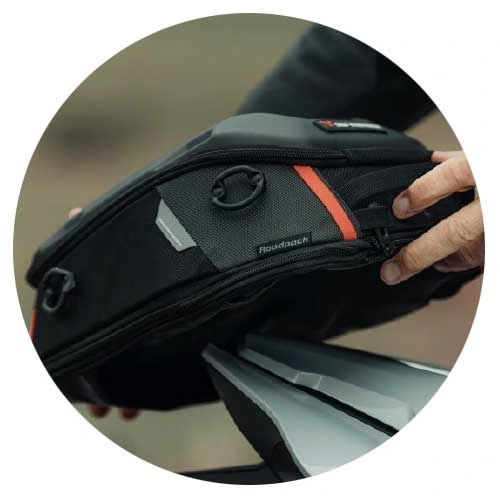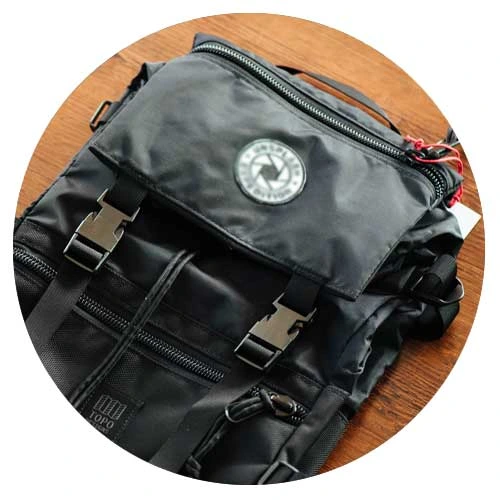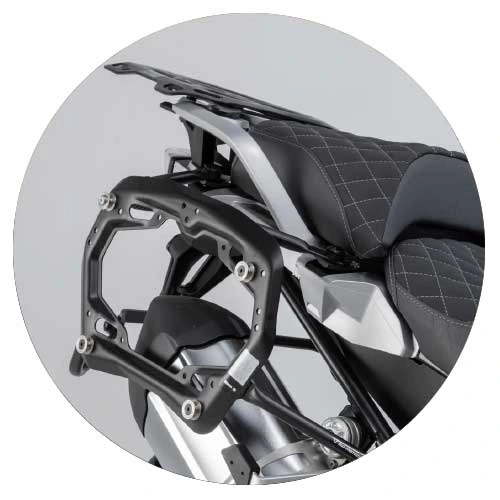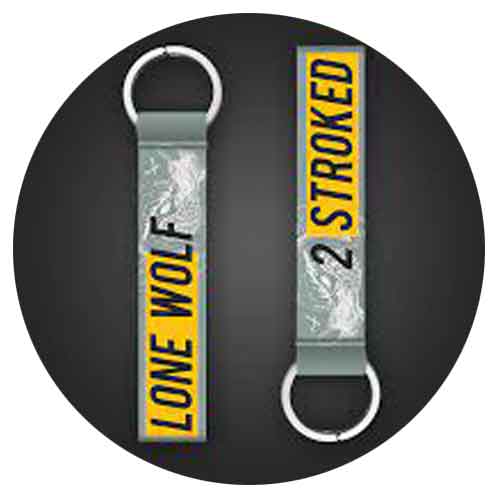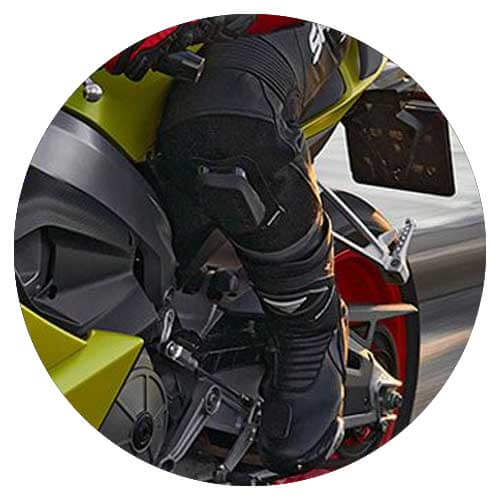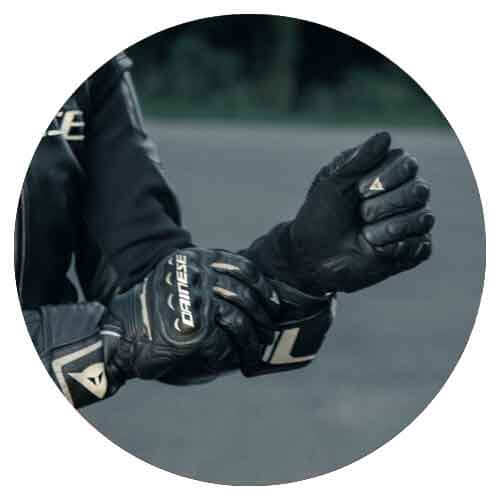Motorcycle Suspension Terminology Simplified 101

As a motorcycle rider you’ve probably come across different terms used when describing suspension. These terms play a key role in your understanding of the key components of your bike’s suspension system. The narrow view of these devices is to absorb bumps in the road and make your ride smoother. However, suspension does far more than just that.
Suspension on a motorcycle ensures a smooth handling on different terrains, plays a vital role in cornering and braking. If adjusted appropriately, it can take your riding game to the next level. In this article on Custom Elements Garage, we will take a deep dive into the world of motorcycle suspension, including the different types of suspension systems, the terminologies, how to adjust them, and common problems that riders face.
Introduction to Motorcycle Suspension
If you’re riding a bike, I’m sure you’re familiar with the term suspension. Motorcycle suspension is the system that connects the wheels to the frame of the motorcycle. The primary and most fundamental job of the suspension is to absorb shocks and vibrations from the road surface, allowing the rider to maintain control of the motorcycle. Primarily in modern day motorcycles, there are 3 major components in a motorcycle, namely; the forks, shock absorbers and linkage.
1. Forks

The forks are the front suspension components that connect the front wheel to the motorcycle frame. They consist of two tubes that slide up and down in the triple tree, which is the component that connects the forks to the frame. The forks contain springs and damping mechanisms which is mostly an oil that absorb shocks and vibrations from the road. Generally these need to be serviced every 2 years or 10,000kms. If you’re heading to the track then you’d probably want to service these before.
2. Shock Absorbers
Shock absorbers are the rear suspension components that connect the rear wheel to the motorcycle frame. They consist of a spring and a damping mechanism that work in a synchronised manner to absorb shocks and vibrations from the road. On modern day motorcycles, these come charged with a gas like nitrogen.
3. Linkage

An often overlooked element that is extremely important is the linkage. The linkage is a mechanism that connects the shock absorber to the frame and the swingarm. It’s mostly a metallic element with bearings that connects the two. It helps to control the movement of the rear suspension and affects the handling and stability of the motorcycle. A good linkage is smooth and doesn’t have any play.
How to Adjust Motorcycle Suspension to Your Weight
Adjusting your motorcycle suspension to your weight is one of the most important things you can do to improve your motorcycle’s performance and handling. When you adjust your suspension, you are essentially fine-tuning the amount of spring and damping to match your weight and riding style.
1. Adjusting Preload

Preload is the amount of tension on the spring. It affects the amount of sag, or compression, in the suspension when the rider sits on the motorcycle. Adjusting preload is a simple process that can be done with a spanner wrench. It’s essentially putting pressure on the suspension which makes it stiffer. A stiffer suspension is most preferred at the track however, if you’re heading off road then you’d probably want to reduce preload.
2. Adjusting Compression Damping

Compression damping controls the speed at which the suspension compresses. It affects how the motorcycle handles during braking and hard acceleration. A motorcycle that has compression set too fast will essentially bounce around under harsh braking. Adjusting compression damping can be done with a screwdriver or a clicker adjuster.
3. Adjusting Rebound Damping

Rebound damping controls the speed at which the suspension rebounds after compression. It affects how the motorcycle handles during cornering and rough terrain. Adjusting rebound damping can be done with a screwdriver or a clicker adjuster. High end motorcycles like the BMW S1000RR and the Ducati Panigale series often have these adjustments that can be made on the fly with a push of a few buttons.
Tips for Adjusting Motorcycle Suspension
Adjusting your motorcycle suspension can be a daunting task, especially if you are new to motorcycles. Here are some tips to help you get started:
1. Start with the basics
Before you start making any adjustments, make sure your motorcycle is set up correctly. Check the tire pressure, chain tension, and fluid levels.
2. Take it slow
Adjusting your suspension can be a time taking process. Take your time and make small adjustments. Test your motorcycle after each adjustment to see how it handles. There are a million different combinations that you could try out.
3. Keep a log
Keeping a log of your suspension adjustments can help you track your progress and make future adjustments easier.
Common Motorcycle Suspension Problems and How to Fix Them
Like any mechanical system, motorcycle suspension can develop problems over time. Here are some common problems and how to fix them:
1. Bottoming Out
Bottoming out occurs when the suspension compresses too much and reaches the end of its travel. To fix this problem, you can increase the preload or adjust the compression damping.
2. Bouncing
Bouncing occurs when the suspension rebounds too quickly after compression. To fix this problem, you can decrease the rebound damping.
3. Harsh Ride
A harsh ride can be caused by too much compression damping or too little rebound damping. To fix this problem, you can adjust the compression and rebound damping.
Conclusion

Having a good understanding of motorcycle suspension is imperative for any rider who wishes to experience a smooth and comfortable ride. One can enhance their knowledge by comprehending the various types of suspension systems, learning how to adjust them according to their weight and riding style, as well as familiarising themselves with common issues that riders often encounter. It is crucial to take it slow when adjusting your motorcycle’s suspension system while keeping track of all changes made in a logbook. It’s always recommended not to make drastic adjustments at once; instead, opt for small alterations until you achieve optimal performance. With patience and practice, one can acquire mastery over this vital aspect of motorcycling – fine-tuning the perfect balance between comfort and control offered by efficient suspension adjustment techniques.
How to Buy Accessories for Your Motorcycle on Custom Elements?
If you want to take your riding experience up a notch, there’s no better place to shop for top-quality motorcycle accessories than Custom Elements. This online retailer offers an extensive selection of brands and has convenient search filters that make it easy to find exactly what you’re looking for. Once you’ve found the perfect product, simply follow the checkout process and enjoy speedy delivery right to your doorstep! And if you choose Snapmint Easy EMI as your payment option, not only can you get discounts and special deals but also affordable instalment plans so that investing in premium accessories won’t break the bank. Don’t settle for subpar gear – upgrade with confidence on Custom Elements today!















